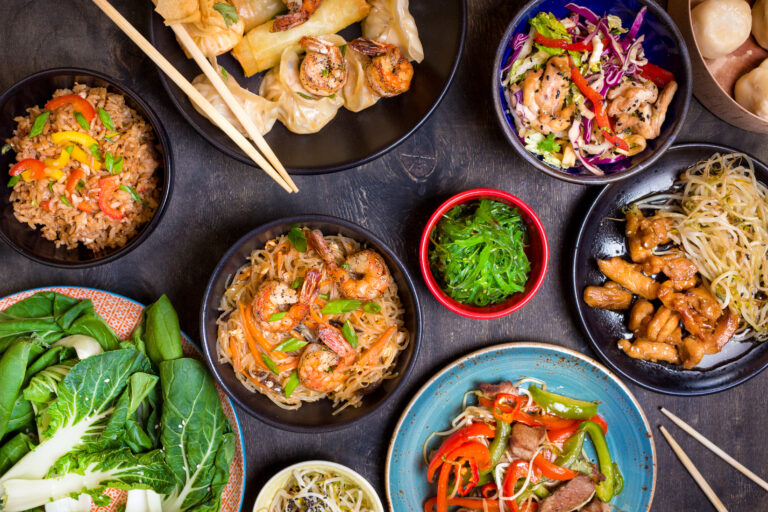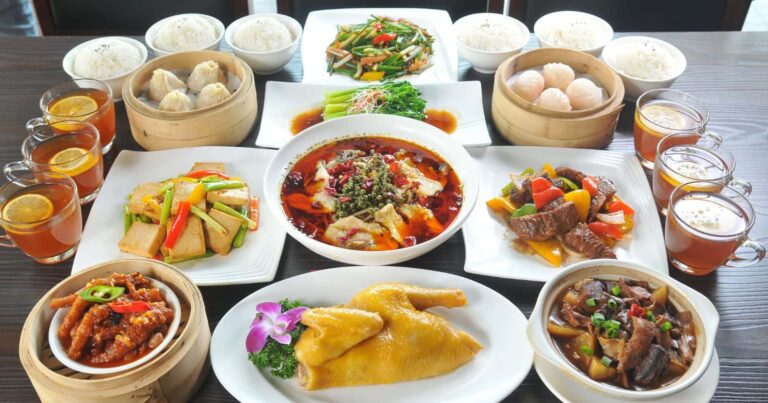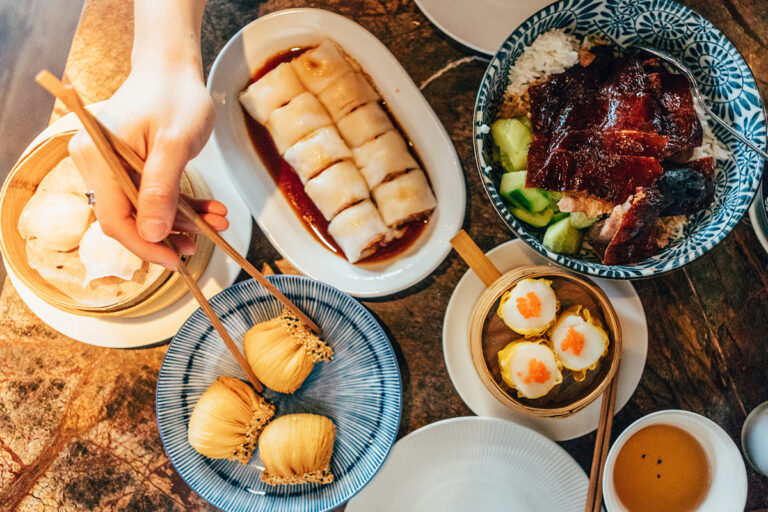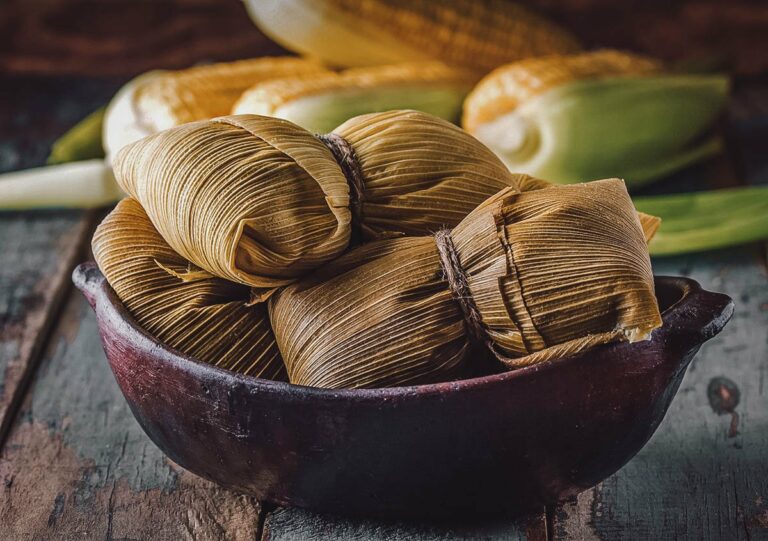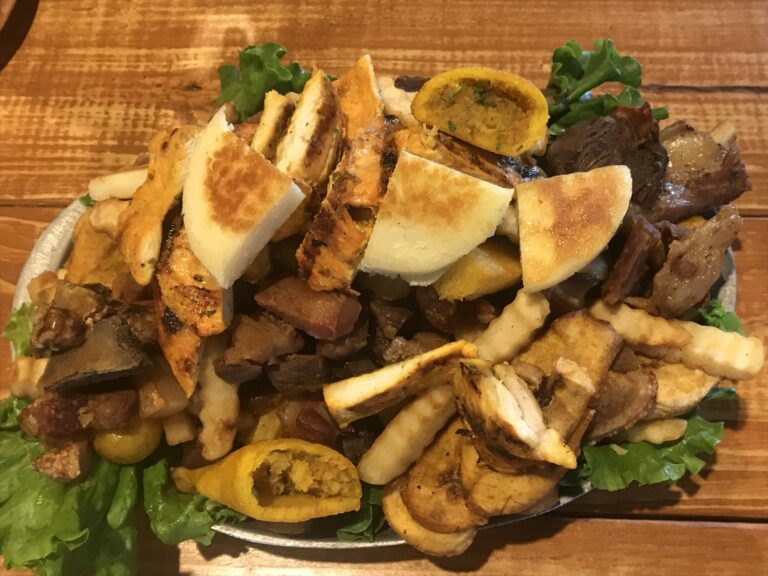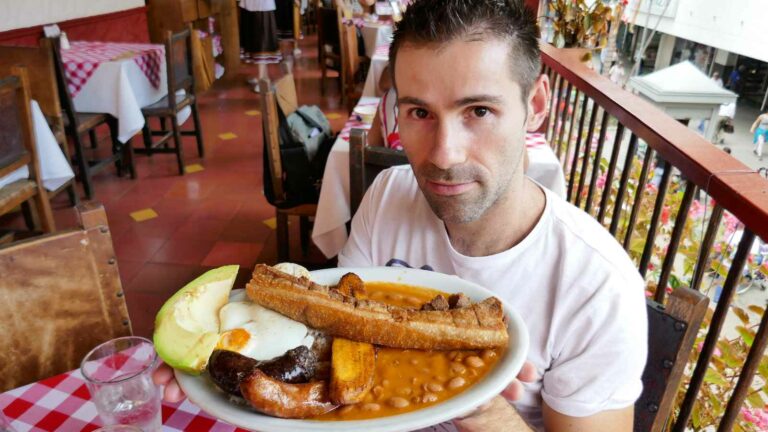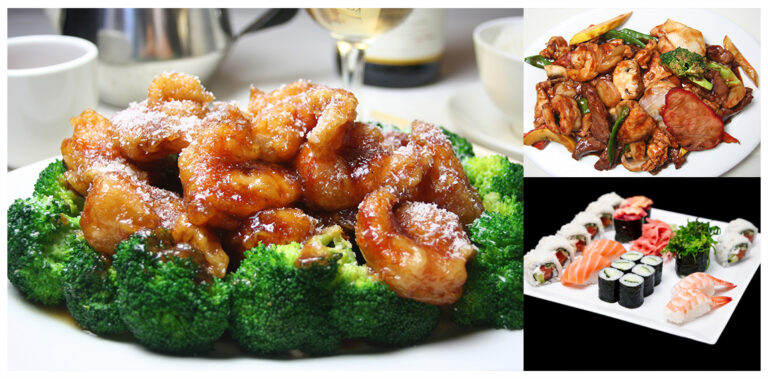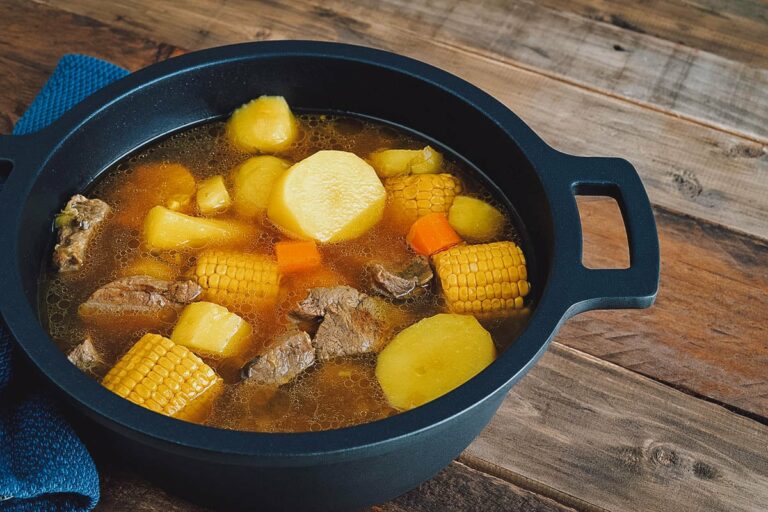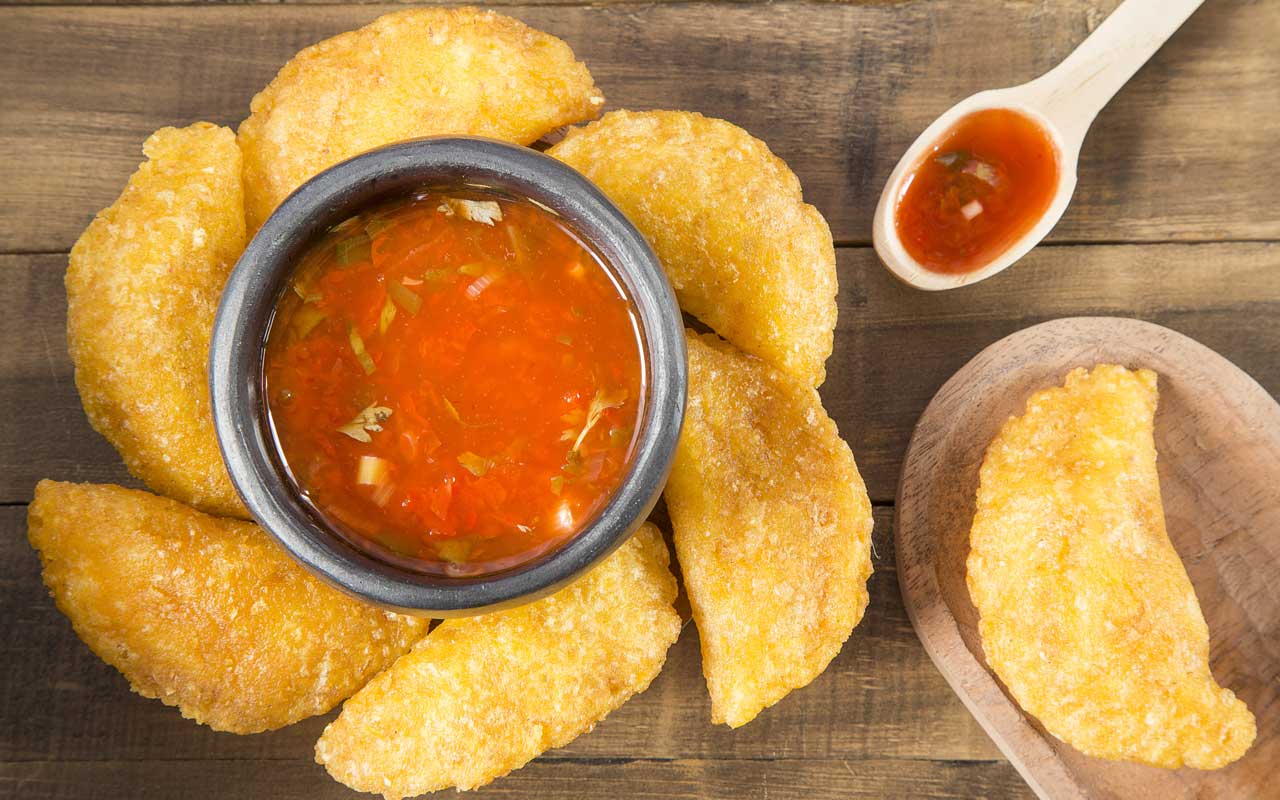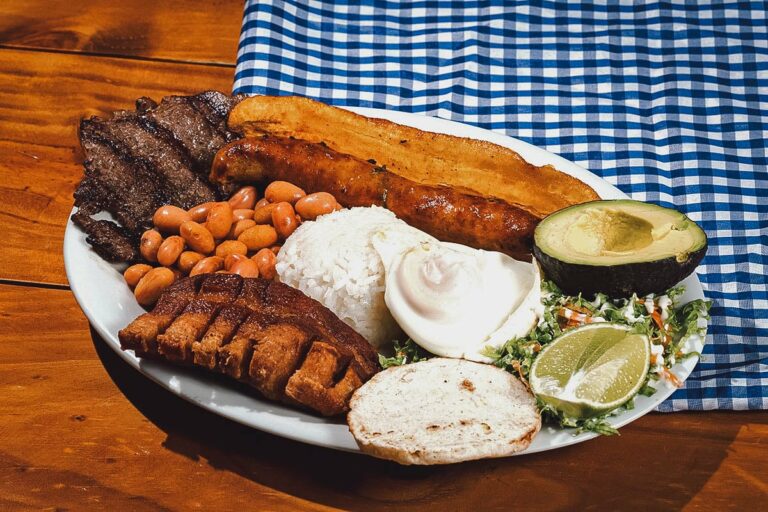Introduction: Street Food in China
China is famous for its street food culture, which offers a diverse range of food items from various regions. The streets of China are bustling with food vendors selling delicacies such as dumplings, noodles, barbeque skewers, and more. Chinese street food is known for its unique flavors, affordability, and convenience. However, street food in China is often under scrutiny for its hygiene and safety standards.
Who Regulates Street Food in China?
The responsibility of regulating street food in China lies with the local governments, who have their own set of regulations and standards. The Food and Drug Administration (FDA) is responsible for monitoring the food safety and hygiene of street vendors and their food products. The FDA conducts regular inspections to check if the vendors are complying with the hygiene and safety standards set by the government. The local governments also have their own food safety regulations and certification systems.
Hygiene and Safety Standards in China
The hygiene and safety standards in China are quite strict and are enforced by the government. The food vendors are required to have a food hygiene permit to operate. They are also required to use clean utensils and have proper food storage facilities. The food must be cooked at a high temperature to kill any bacteria and should be kept at a safe temperature to prevent contamination. The vendors are also required to wear gloves and hairnets to prevent the transmission of germs.
Challenges to Street Food Hygiene in China
One of the main challenges to street food hygiene in China is the lack of proper facilities such as running water and toilets. Many vendors operate in crowded and unhygienic conditions, which can lead to the contamination of their food. Another challenge is the lack of education among the vendors about food safety and hygiene practices. Many vendors are not aware of the risks associated with food contamination and do not take necessary precautions.
Common Safety Issues with Street Food in China
The most common safety issues with street food in China are food contamination and food poisoning. The vendors often use unclean utensils and equipment, which can lead to the spread of germs. The use of recycled cooking oil is also prevalent in China, which can cause health problems if consumed in large quantities. The lack of refrigeration and the use of unclean water are also common issues that can lead to food contamination.
Measures to Ensure Street Food Safety in China
To ensure street food safety in China, the government has implemented various measures. The FDA conducts regular inspections of food vendors to check compliance with hygiene and safety standards. The vendors are also required to attend food safety and hygiene training programs. The government has also introduced a certification system for street food vendors who meet the hygiene and safety standards. Additionally, the government has set up public toilets and hand washing stations to promote hygiene.
Conclusion: Is Street Food in China Safe?
Overall, street food in China is safe if the vendors follow the hygiene and safety standards set by the government. However, there is always a risk of contamination, and it is important to exercise caution when consuming street food. It is recommended to eat from vendors who have proper hygiene practices and to avoid eating raw food.
Final Thoughts: Tips for Eating Street Food in China
When eating street food in China, it is important to follow a few basic precautions to ensure safety. Always choose vendors who have proper hygiene practices and who have a food hygiene permit. Avoid eating raw food and be cautious of food that has been sitting out for a long time. Wash your hands before eating and avoid using unclean utensils. Finally, trust your instincts and avoid food that looks suspicious or unappetizing. By following these tips, you can enjoy the unique flavors of Chinese street food while staying safe and healthy.

